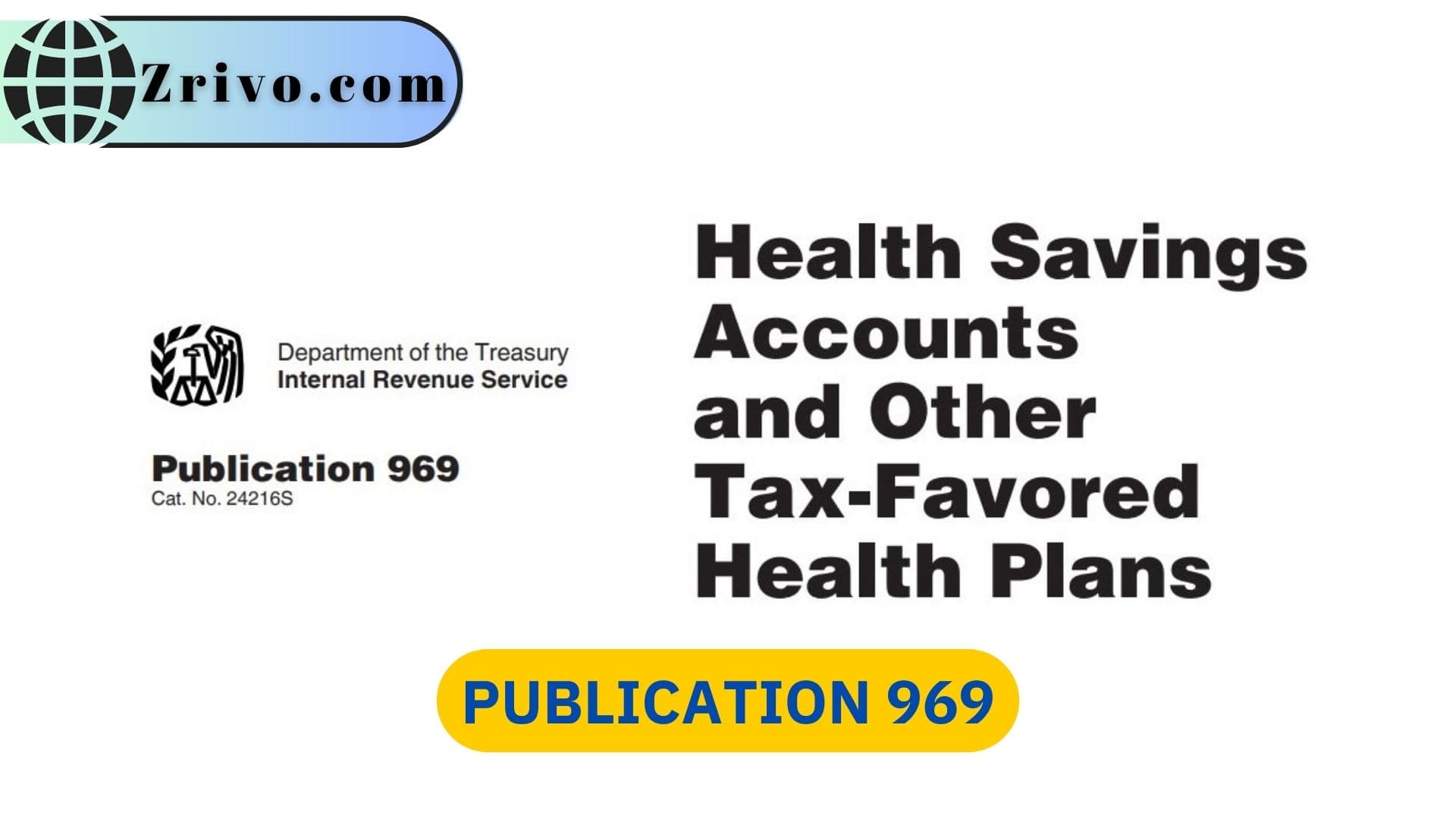
IRS Publication 969 is a publication that provides general information on the many tax-favored health plans available to Americans. It covers Health Savings Accounts (HSAs), Health Reimbursement Arrangements (HRAs), Flexible Spending Arrangements (FSAs), Archer Medical Savings Accounts (MSAs), and Medicare Advantage Savings Accounts. It also contains information on Qualified Medical Expenses (QMEs), the most cost-effective ways to use your HSA, and other pertinent information. It explains these tax-favored health accounts’ eligibility rules, contribution limits, and distribution rules. It also generally defines eligible medical expenses. State tax laws may differ.
It is a great reference for anyone considering using a tax-favored health savings plan or who needs a refresher on these programs. It can also be a helpful tool when filing your taxes, as it covers the most important aspects of these accounts in a short amount of space.

How Does IRS Know What You Spend HSA on?
HSAs are a popular way to set aside money pre-tax to pay for health care costs. Funds are contributed directly by the account holder. They are not taxed until they are spent on eligible medical expenses, such as deductibles, copayments, and premiums. What you spend your HSA on matters a lot to the IRS. That’sThat’s why keeping records of every dollar you spend on HSA-eligible items is important.
The IRS requires you to keep receipts for all of the HSA-eligible purchases you make so that they can verify that your funds were actually used for qualified medical expenses. These include prescription drugs, hearing aids, eyeglasses and contact lenses, chiropractic services, fertility treatments, and more. Keeping these records can also help you avoid penalties resulting from using HSA funds for non-qualified expenses. If you use your HSA for anything other than paying for qualified medical expenses, the money you withdraw will be taxed as ordinary income, and you may have to pay an additional 20% penalty on top of what you’d already paid in taxes.
You can get these records automatically from HSA Central, but it’sit’s a good idea to review them periodically. It’sIt’s also important to know that HSAs are portable, so if you quit your job or drop your health plan, the money in your HSA can be withdrawn for any qualifying medical expenses. Unlike Flexible Spending Accounts (FSAs), an HSA is not subject to the COBRA continuation rules, and you will continue to be able to use your funds even if you no longer have a plan.
The 12-Month Rule for HSA
To qualify for The 12-Month Rule, you must be covered by an HDHP policy on the first day of the month (January 1 through December 31) and have an HDHP plan meeting the minimum deductible requirements for HDHPs. You cannot make full HSA contributions until the following month if you do not meet these requirements. If you get a new job and are covered by an HDHP until the end of the year, open up an HSA later in the year. This could be a great way to maximize your annual contribution amount and help you reduce your taxable income.
However, there’s a risk with this approach. You might not be covered by an HDHP for the entire year, or your employer may change their health plans in the future. This is why assessing your financial situation and job security is important. You will also have to prorate your contributions if you become covered for less than a full year under an HDHP. Then, you will owe income tax and an additional 6% excise tax on the excess amount of your HSA contributions.

What Happens If I Use HSA for Non-eligible Expenses?
Health savings accounts offer a triple tax advantage:
- You can make pretax contributions.
- Withdraw money for qualified medical expenses.
- Receive tax-free distributions as needed.
However, if you use HSA funds for non-eligible expenses, you may be subject to income taxes and an IRS penalty. The only way to avoid this is to keep records of your expenses and report them on your annual tax forms (Form 8889, Form 1040, or Form 1040-S). If you use the money for non-eligible expenses, you can return it to your HSA and get a 20% penalty waiver.
Your employer will send you a W-2 at the end of the year, including taxable income and the amounts taken out of your paycheck and deposited into your HSA. You should complete an Excess Contribution and Deposit Correction Request form if you made more than the maximum contribution limit. You can also download Form 5498-SA from your HSA administrator, which shows how much you, your employer, or a third party contributed to your account during the year. This form is not required, but it can be a helpful tool when you file your taxes.
As with any retirement account, it’sit’s important to understand how your HSA works and the rules. You can find additional information about HSAs in IRS Publication 969. Almost all states allow HSA deductions on their income taxes, although some states may have rules of their own. Check with your tax advisor for more details on your state’s HSA tax requirements.
You should receive Form 1099-SA from your HSA administrator each year reporting distributions from your account. This form shows whether you used the distribution for eligible medical expenses. If you used the distribution for non-eligible expenses, you should report it on Form 8889 or form 1040, depending on your age.